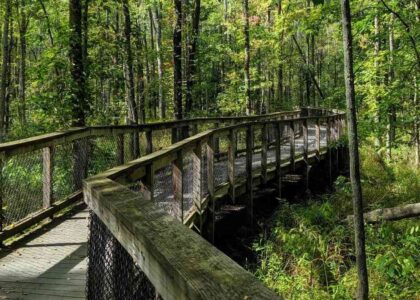Welcome to the Sugar House Monument, a striking historical landmark located in Utah, dedicated to celebrating the industrious spirit of early settlers and the evolution of local industry. This monument stands not just as a historical marker, but as a testament to the perseverance and ambition of the Mormon pioneers who first sought to make the Salt Lake Valley a hub of industry.
The story begins in 1853 when visionary leaders among the Mormon settlers decided to establish the first factory in the western United States to process beets into refined sugar. This ambitious project involved transporting machinery all the way from Liverpool, England, to Salt Lake City. Unfortunately, the operation was fraught with challenges, and by the summer of 1855, the sugar mill was ordered to shut down by Brigham Young, the leader of the Latter-day Saints. Despite this initial failure, the site of the sugar mill became a cornerstone for various enterprises, transforming over the years from a paper mill to a machine shop for the Utah Central Railroad, and later serving other industrial purposes.
The area known as Sugar House took on a new identity, becoming Salt Lake’s second downtown, bustling with local merchants and a vibrant streetcar system. The name ‘Sugar House’ itself is a nod to this original, albeit short-lived, sugar manufacturing venture.
In the late 1920s, local sculptor Millard F. Malin, along with artists Edward Anderson and Lorenzo Young, was commissioned to create a monument to honor the early manufacturing efforts and the spirit of enterprise that defined the community. Completed and dedicated in 1934, the monument is a 50-foot obelisk adorned with intricate reliefs. Near the top, two Native American figures symbolize the changing times: one facing eastward with war implements, the other westward holding a peace pipe. At the base, two figures represent the productivity of the Salt Lake Valley and the legacy of the mill builders.
Over the decades, the Sugar House Monument has witnessed the growth and transformation of its surroundings. While the original sugar mill is long gone, the monument remains a central feature in the community, embodying the tenacity and entrepreneurial spirit that continues to characterize the area.
As you explore the monument today, you are not just witnessing a piece of stone and metal; you are connecting with the stories of those who dared to dream and build a future in a new land.




